Gurgen Karapetian & Edvard Tchivzhel - Popov: Symphonic Suite No. 1 & Symphony No. 5 “Pastoral” (1997)
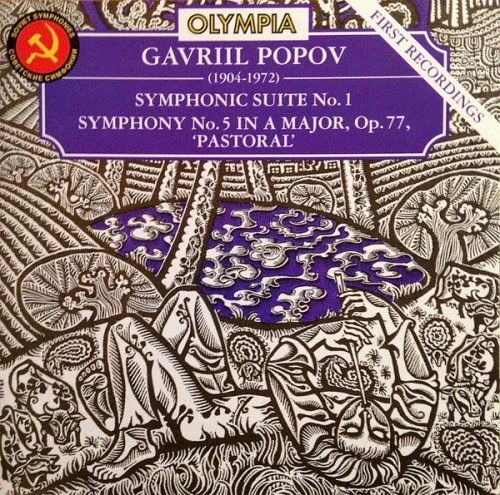
Artist: Gurgen Karapetian, Edvard Tchivzhel
Title: Popov: Symphonic Suite No. 1 & Symphony No. 5 “Pastoral”
Year Of Release: 1997
Label: Olympia
Genre: Classical
Quality: FLAC (image + .cue, log, scans)
Total Time: 01:02:41
Total Size: 291 MB
WebSite: Album Preview
Tracklist:Title: Popov: Symphonic Suite No. 1 & Symphony No. 5 “Pastoral”
Year Of Release: 1997
Label: Olympia
Genre: Classical
Quality: FLAC (image + .cue, log, scans)
Total Time: 01:02:41
Total Size: 291 MB
WebSite: Album Preview
Symphonic Suite No. 1 From Music To The Film “Komsomol Is The Chief Of Electrification”
1] I. Largo. Cantabile
2] II. Grave
3] III. Intermezzo - IV. Valse - V. Fugato
Symphony No. 5 In A Major, Op. 77, “Pastoral”
4] I. Pastorale - II. Storm
5] III. Struggle - IV. Hopes - V. Pastorale
The third of Olympia’s Popov issues confirms the strong impressions already established (2/96 and 7/96). Gavriil Popov (1904-72) is the least well-known of the composers singled out as ‘anti-people formalists’ in Zhdanov’s 1948 purge of composers. Unlike some of his currently more fashionable younger compatriots, he claims our attention by virtue of musical qualities alone, quite apart from his victim status.
His is a restlessly inventive spirit, obviously excited by the vividness of his musical encounters (some of them from very unexpected sources by Soviet standards), but never overawed by them and never content with simple-minded recyclings or elaborations. If only his ideas were more tightly drawn together he might well have qualified for the premier league.
The unpretentiously styled Symphonic Suite No. 1 is actually a gorgeous score. It dates from 1933 and derives from Popov’s music to an early Socialist-Realist film snappily titled Komsomol is the Chief of Electrification. The fact that it won the composer a congratulatory telegram from no less than Sergei Eisenstein becomes understandable when you hear its inventive range, from soupy romanticism with wordless soprano and baritone vocalises, to Shostakovichian brooding and a pastiche fugue in the manner of the Magic Flute Overture topped off with a surprisingly convulsive ending.
If the date of composition is really 1956, only three years after Shostakovich’s Tenth, then Popov’s Fifth was an astonishingly liberated statement. Some sources give 1969, but the recording itself is supposedly from 1963, and Per Skans, author of the excellent booklet-essay, is surely right to go with the earlier date.
Notwithstanding its subtitle, the Fifth Symphony comes over as an emotionally painful rhapsody, ecstatic at heart, freely traversing a generally plaintive inner landscape. The first and last of the five movements are subtitled “Pastorale”. In between the journey goes through a brassy “Storm”, a wiry Fugue (“Struggle”), to a remarkably Hollywoodish slow movement (“Hopes”). Alongside the Italianate touches (voluptuous echoes of Puccini and Respighi) I hear a pervasive French influence in the orchestration, Ravel’s Daphnis being never all that far away. More importantly from the point of view of lasting musical satisfaction, Popov manages to keep the structure in a constant state of expectancy, if not quite ideally taut.
Performances are a little raw, but appropriately bold and colourful, and considering the date the recording quality is fine. I’m now keeping my fingers crossed that Olympia can complete this valuable cycle with recordings of Popov’s Third Symphony (for strings and inspired by the Spanish Civil War) and his Fourth (which I’ve yet to encounter in any shape or form).'
His is a restlessly inventive spirit, obviously excited by the vividness of his musical encounters (some of them from very unexpected sources by Soviet standards), but never overawed by them and never content with simple-minded recyclings or elaborations. If only his ideas were more tightly drawn together he might well have qualified for the premier league.
The unpretentiously styled Symphonic Suite No. 1 is actually a gorgeous score. It dates from 1933 and derives from Popov’s music to an early Socialist-Realist film snappily titled Komsomol is the Chief of Electrification. The fact that it won the composer a congratulatory telegram from no less than Sergei Eisenstein becomes understandable when you hear its inventive range, from soupy romanticism with wordless soprano and baritone vocalises, to Shostakovichian brooding and a pastiche fugue in the manner of the Magic Flute Overture topped off with a surprisingly convulsive ending.
If the date of composition is really 1956, only three years after Shostakovich’s Tenth, then Popov’s Fifth was an astonishingly liberated statement. Some sources give 1969, but the recording itself is supposedly from 1963, and Per Skans, author of the excellent booklet-essay, is surely right to go with the earlier date.
Notwithstanding its subtitle, the Fifth Symphony comes over as an emotionally painful rhapsody, ecstatic at heart, freely traversing a generally plaintive inner landscape. The first and last of the five movements are subtitled “Pastorale”. In between the journey goes through a brassy “Storm”, a wiry Fugue (“Struggle”), to a remarkably Hollywoodish slow movement (“Hopes”). Alongside the Italianate touches (voluptuous echoes of Puccini and Respighi) I hear a pervasive French influence in the orchestration, Ravel’s Daphnis being never all that far away. More importantly from the point of view of lasting musical satisfaction, Popov manages to keep the structure in a constant state of expectancy, if not quite ideally taut.
Performances are a little raw, but appropriately bold and colourful, and considering the date the recording quality is fine. I’m now keeping my fingers crossed that Olympia can complete this valuable cycle with recordings of Popov’s Third Symphony (for strings and inspired by the Spanish Civil War) and his Fourth (which I’ve yet to encounter in any shape or form).'

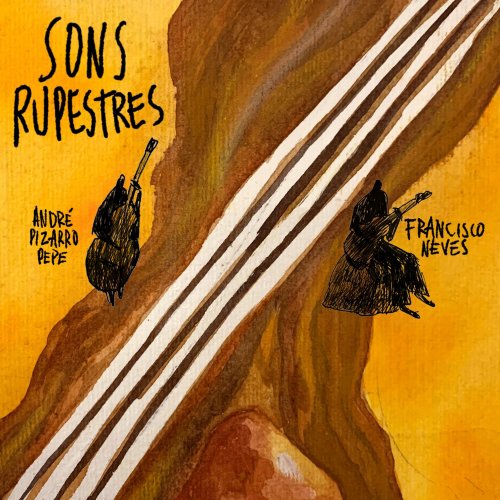
![Joshua White - Flora and Fauna: 9 Preludes for Solo Piano (2025) [Hi-Res] Joshua White - Flora and Fauna: 9 Preludes for Solo Piano (2025) [Hi-Res]](https://img.israbox.com/img/2025-12/19/1w90raxdb6ohgwszk3wk3pfts.jpg)
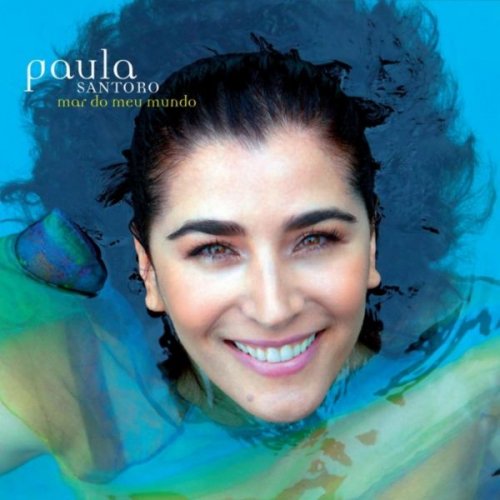
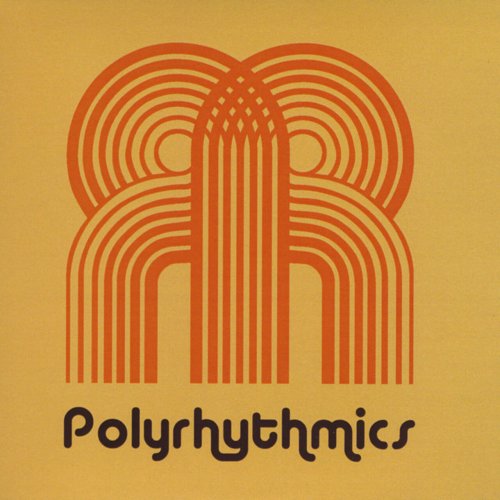
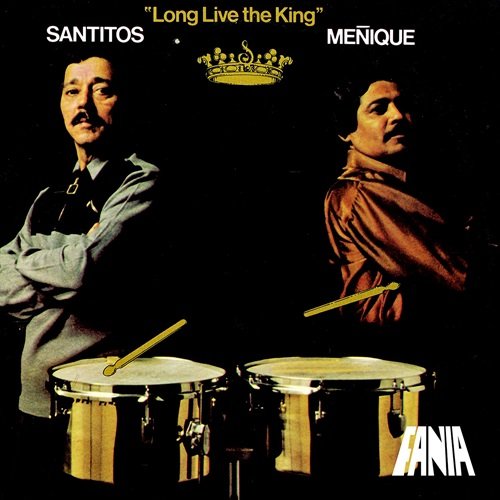

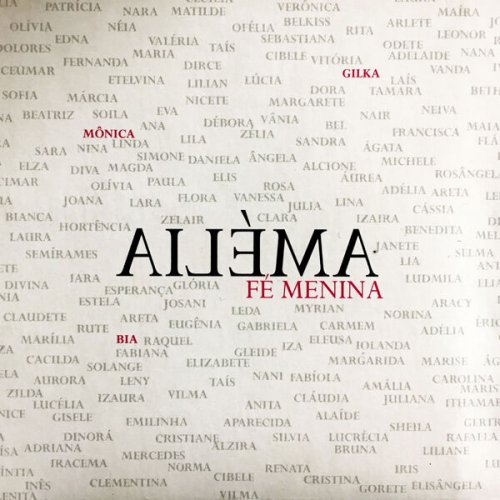
![Sergio Di Finizio - O (2025) [Hi-Res] Sergio Di Finizio - O (2025) [Hi-Res]](https://www.dibpic.com/uploads/posts/2025-12/1766111303_ri3vjk7q73zkc_600.jpg)